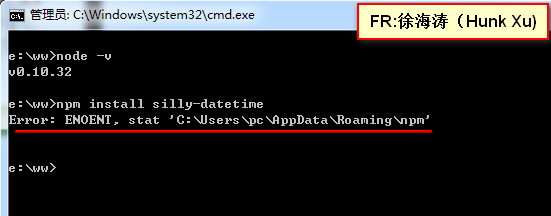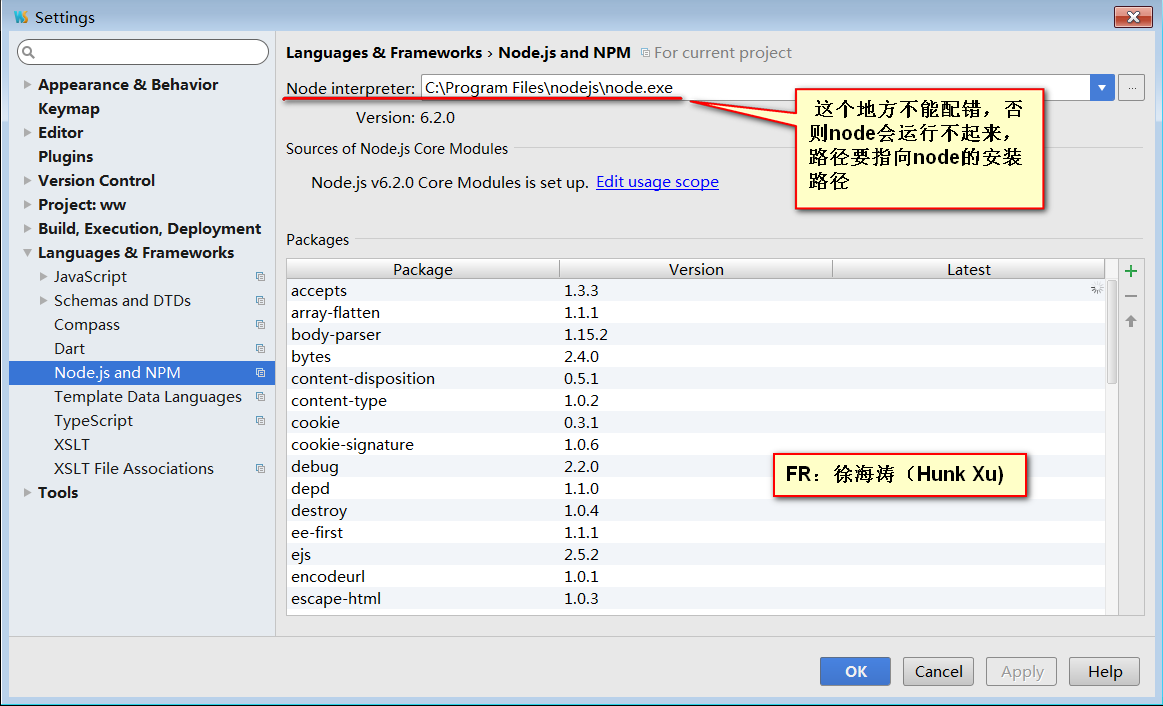Node.js 错误集锦
本文共 232 字,大约阅读时间需要 1 分钟。
31 write语句放在writeHead语句前面的写法是错误的,会导致直接报错
2 提示npm找不到
解决办法:
C:\Users\“你用户名”\AppData\Roaming\ ,如果找不到这个路径,可以在C盘下搜Roaming,此时会发现这个路径 ,然后在这个路径下建个npm文件夹 ,即可解决问题下图为下载成功后的截图
3 node interpreter配置错误,这个路径应该是安装路径
解决办法
FR:海涛高软 (QQ技术交流群:386476712)
你可能感兴趣的文章
MySQL配置信息解读(my.cnf)
查看>>
Mysql配置表名忽略大小写(SpringBoot连接表时提示不存在,实际是存在的)
查看>>
MySQL锁与脏读、不可重复读、幻读详解
查看>>
mysql锁机制,主从复制
查看>>
Mysql锁机制,行锁表锁
查看>>
Mysql锁(2):表级锁
查看>>
MySQL错误提示mysql Statement violates GTID consistency
查看>>
MySQL集群解决方案(4):负载均衡
查看>>
mysql面试题学校三表查询_mysql三表查询分组后取每组最大值,mysql面试题。
查看>>
Mysql面试题精选
查看>>
MySQL面试题集锦
查看>>
mysql面试题:为什么MySQL单表不能超过2000W条数据?
查看>>
mysql面试题:创建索引时会不会锁表?
查看>>
mysql颠覆实战笔记(八)--mysql的自定义异常处理怎么破
查看>>
mysql驱动、durid、mybatis之间的关系
查看>>
mysql驱动支持中文_mysql 驱动包-Go语言中文社区
查看>>
MySQL高可用切换_(5.9)mysql高可用系列——正常主从切换测试
查看>>
MySQL高可用解决方案详解
查看>>
MYSQL高可用集群MHA架构
查看>>
MySQL高级-MySQL并发参数调整
查看>>




